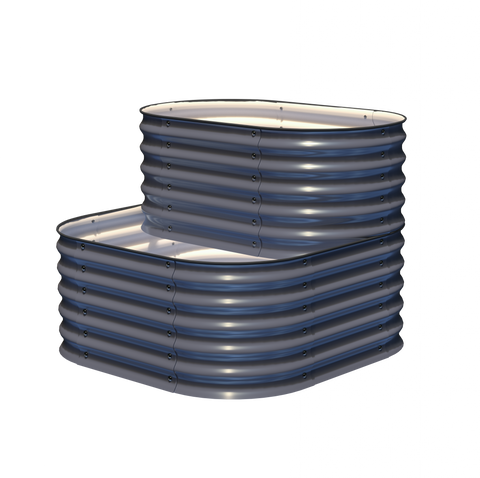Harvesting Homegrown Pears: A Symphony of Senses in Your Garden Bed
In your home garden, a garden bed is like a multi-sensory symphony that allows you to determine when it's time to harvest the homegrown pears.
For Asian varieties, such as the Pyrus pyrifolia pear tree, your sense of smell and taste will tell you when it's time to pick. However, for European varieties like 'Bosc' and 'Anjou,' you'll have to rely solely on your eyesight.
The latter types of pears are only edible when they are still firm, and you can let them ripen at room temperature or after chilling.
Regardless of the type of pear, you will employ your common sense during the harvest and set reminders to alert you that the potential harvest window has opened.
When to Harvest Asian Pears
This variety is also known as the apple pear because its taste and texture remind people of that crisp, sweet fruit.
Similar to apples, they achieve optimal ripeness while still hanging on the branches.
Depending on the cultivar you're growing, Asian varieties like 'Chojuro' and 'Shinseiki' will become juicy and ready to eat sometime between August and October.

Pay attention to color changes as well
Depending on the cultivar, they will change from green to yellow, hazel, or golden as they ripen.
When they have the right color and smell ripe, you can pick one and take a taste! Alternatively, use a knife to cut a small slice—it's up to you.
Does it taste like a juicy, crisp Asian pear? If the answer is "yes," then you can continue picking.
There's no need to harvest all the fruit at once. The harvest window can last up to a month.
Just make sure to keep a close eye on the ripe fruit, and harvest all you want before the flesh becomes mushy or develops a wine-like or fermented flavor.
If they start falling to the ground, it's time to harvest the rest, while also ensuring that any fallen fruit still smells fruity rather than fermented or rotten if you plan to eat them.
You can also extend the harvest by gently wrapping individual fruits in tissue paper and storing them in a well-ventilated box at a temperature between 32 and 35°F. Under these conditions, the ripe fruit you pick may last an additional one to three months.
Signs of Ripe European Pears
With European varieties, the question isn't "Are my pears ripe?" but "Are they ready to pick?"
To find the answer, first determine if your particular cultivar is meant to be harvested in summer or winter.
Expect to start harvesting mature summer varieties in August or September. Some of these varieties include 'Bartlett,' 'Colette,' and 'Shenandoah.'
When picking, they will still be quite firm, but summer varieties will ripen after seven to ten days at room temperature. They don't need pre-ripening cold storage—but winter varieties do.
These winter varieties include 'Anjou,' 'Bosc,' 'Comice,' and 'Kieffer.'
Home orchard owners typically pick them each year in September or October, then place them in cold storage (at temperatures ranging from 32 to 44°F) for at least three weeks before allowing them to ripen at room temperature.
Before you pick, note any visual cues that these cultivars are ready for harvest
Firstly, while they'll still be green, the fruits will reach full size and take on the shape the variety is known for when they're mature.
'Bartlett' pears might change from a bright green to a more yellowish-green hue, while still remaining firm.
Also, keep an eye on the lenticels, which are the small spots you'll see across the skin. They'll start out white but will eventually turn brown to indicate that the fruit is mature.

Most importantly, mature fruit will easily detach from the branches
When you see these other signs, test one or two. Lift them at a right angle, as if you were knocking on a door.
If they detach easily from the stem, it's time to harvest. Continue reading for harvesting instructions.
How to Harvest
Before you begin picking Asian pears, find a padded bucket or line a flat basket or cardboard box with something soft, like a clean fleece blanket. These fruits bruise easily.
To harvest individual fruits, rest one in the palm of your hand, lift it a few inches while supporting its weight, and then use your other hand to twist the stem from the branch.
Place it carefully in the lined container before picking the next one.
Since fruits from European varieties are not yet fully ripe, they're a bit tougher. You can place them in a bushel basket or harvest bag as you pick. However, for longer storage, you might need to pack them differently.
When picking from the tree, use the same method of lifting them horizontally and then leveraging or twisting the stem from the branch. If it doesn't detach easily, let the fruit mature a few more days.
Impeccable Pear-Picking Skills
Being able to pick and store the maximum number of fruits from your trees is a "grow your own food" victory in my book.
Throughout the fall and winter, every fresh bite, jar of preserves, or pie will reward you for the efforts you've put in during the harvest window.
